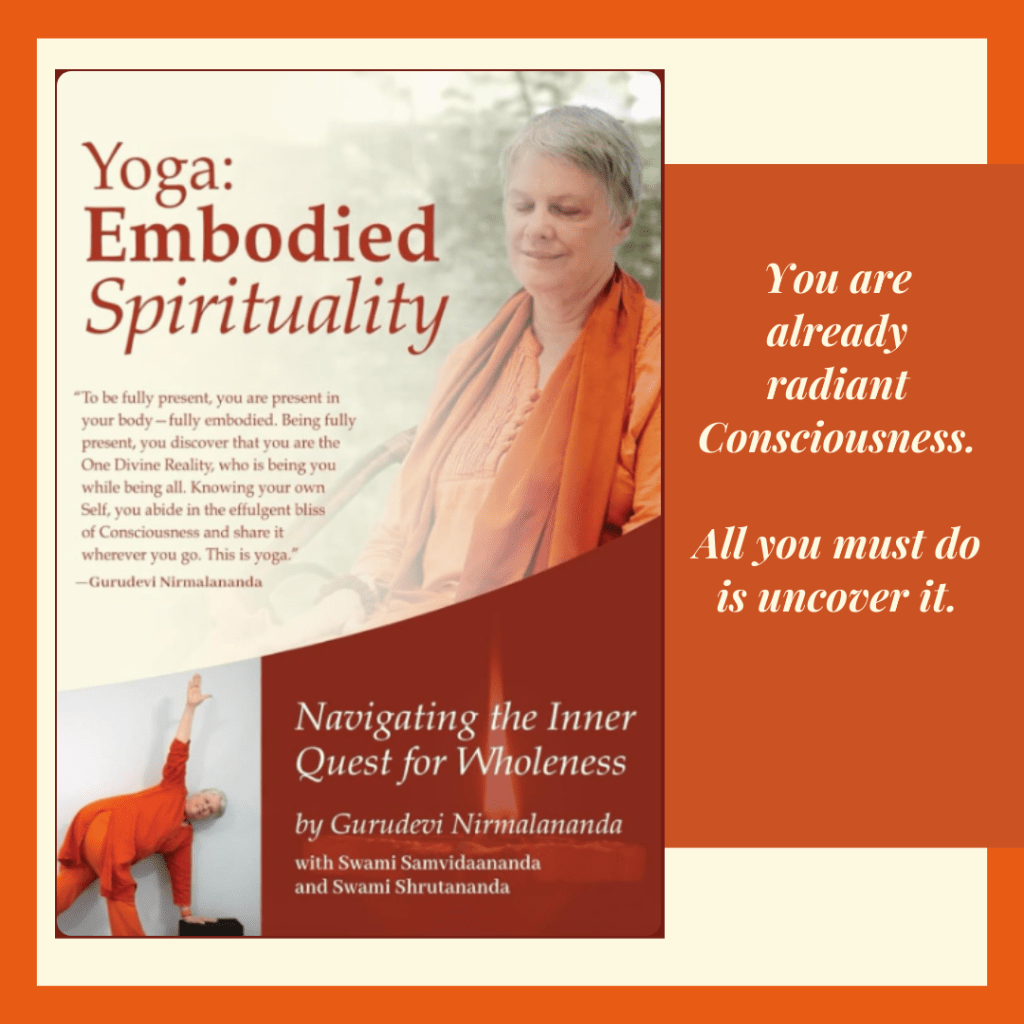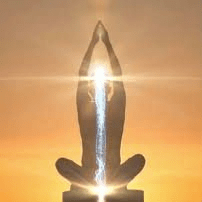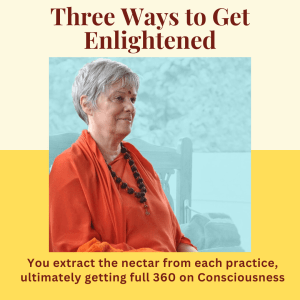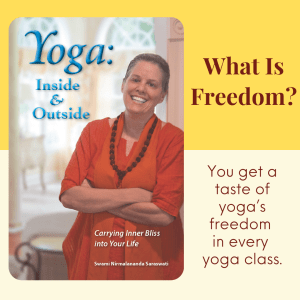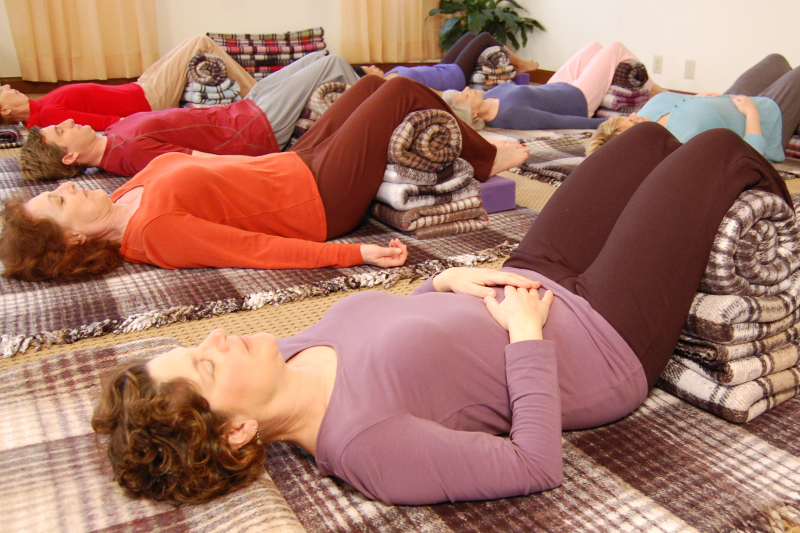By Gurudevi Nirmalananda
The physicists and yogis agree that it all began with the Big Bang. That bang emanated energy which became light; the light coalesced into matter. This is a vastly simplified explanation, but it is true — everything is made of solidified light. Even your body is made of light. Even the chair that you are sitting on is made of light.
You probably think that the Bang was an explosion emanating energy and light into the darkness. If so, you’re assuming that darkness is the basis of existence, with light being added to it. The physicists do not describe it this way, but most non-physicists picture it so, without even recognizing that they do.
The yogic sages make it clear that something existed before the Big Bang. There was something there, a something that banged. That something was not, and is not, darkness. That “something” is the Ever-Existent Reality. It was and is Self-Knowing Beingness, also called Consciousness-Itself. Named by the ancients in their language (Sanskrit), that something is called Shiva.
Shiva is light, but the word “light” has multiple meanings. Normally it means (1) the opposite of dark, or (2) the opposite of heavy. Both are true of Shiva but, in yoga, “light” means something else: scintillating Presence, radiant Beingness-Itself, Consciousness-Itself, That which Banged. The most important thing to know is — You are That. You are that light, that Presence, that Beingness and Consciousness. You are that which the ancient yogis called “That.”
The Big Bang was an implosion within Shiva’s own being, which is why energy contracts to become matter. The Big Bang was not an explosion, with light expanding into a field of darkness. It was an implosion, with Shiva contracting within Shiva’s own being, to contract light into matter and bring the universe into existence. Light — not darkness — is the basis of existence.
Light is important to you because you are made of light. You already know this, not because of a scientific theory or an ancient teaching, as inspiring as they can be. You know this because of your own experience. You feel most like yourself when you are shining with light. When your eyes twinkle, when your heart overflows, when your words have a melody hidden in them, and when your actions show your generous and loving nature — you feel so natural. You feel like yourself. You are radiant with light in those moments. You are your own Self.
Yoga offers a tried-and-true methodology by which you stop blocking the light of your own being from shining through. When you begin with the physical practices, you are removing the blocks to your body’s natural state of openness. Your body is naturally soft, supple, strong, healthy and resilient, like that of a two-year-old child. The tensions you’ve accumulated since you were two years old are blockages to be removed. When you do some slow breathing and poses to open your spine, you glow afterward. Because the things you do daily are the most powerful, you need to do your yoga breathing and poses daily. If you aren’t removing the blocks, then you are probably installing more of them.
Yet you do not have to perfect your body in order to have your inner light shine. Even if your body is imperfect, your eyes can shine and your heart can overflow. Yoga’s most powerful effects are the clearing of the blockages from more important levels — your mind and emotions. Clearing these blocks is the primary purpose of yoga’s practices, so your inner light can shine through your mind.
When you begin aligning your life with the principles of light by following yoga’s precepts for living, that glow shines more brightly and more consistently. When you deepen your inner experience through meditation and chanting, as well as by studying the teachings, you plumb the depths of your own inner essence to discover the source of light within, the light of which you are made.
— Excerpt from A Yogic Lifestyle, pages 25‒25



